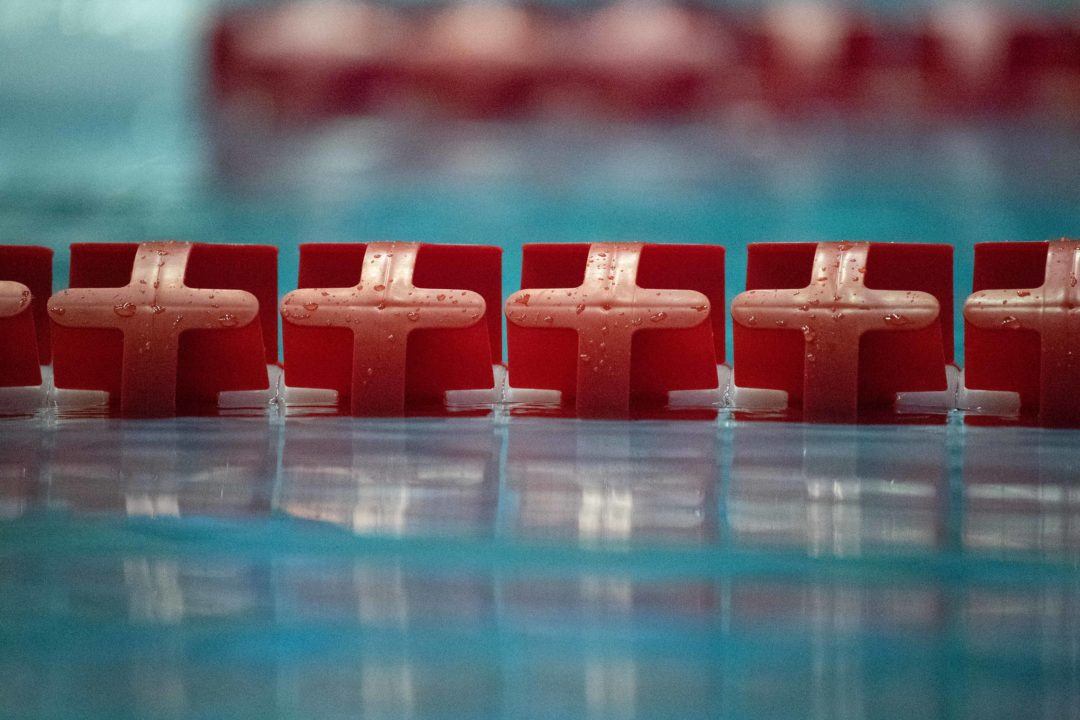The International Paralympic Committee released its annual report for 2017 Friday and gave updates on its progress towards the six strategic goals it has laid out for 2015-2018.
Those six goals are:
- Consolidate the Paralympic Games as a premier sporting event
- Empower Para athletes and support the development of Para sports
- Improve the recognition and value of the Paralympic brand
- Build sustainable funding
- Shape organizational capability
- Foster key strategic partnerships
The report also details each of the 10 para sports’ individual progress.
Click here to read the full report.
Committee-wide, 2017 highlights include the election of Andrew Parsons as president of the IPC, holding the first IPC Athlete Forum, and garnering support from Toyota as the first IPC Worldwide Partner.
“The year 2017 marked a new era for the Paralympic Movement with Sir Philip Craven stepping down as President following 16 outstanding years. It was fitting therefore in his final months that the IPC was honoured with the prestigious Lui Che Woo Prize – global recognition of the Paralympic Movement’s work in transforming lives, cities and societies,” Parsons said. “The future for the Paralympic Movement is extremely promising and key to the IPC’s continued growth is building stronger partnerships with key stakeholders, such as the IOC and commercial partners.”
For swimming specifically, the report highlights the research being done on drag-propulsion as it relates to classification testing, and development of a sport-specific vision impaired classification system. It also points to the development and implementation of the new classification system that went into effect in January 2018, which we now know has had limited success.
“Athlete classification is fundamental to fair competition in Para sport and the publication of Classification Model Rules and a Model of Best Practice on National Classification, together with the International Federation Athlete Classification Compliance Survey, will go some way to improving standards across all sports,” Parsons added.
Also notable for para swimming was that total followers on social media (Twitter and Facebook specifically) grew 24.2 percent from 2016.

I’m just throwing this in here for pot luck. Got me curious with regards to the authenticity of Para Swimming research for classification purposes. Ledecky kick v Patterson kick, there are some documented similarities for example.
https://swimswam.com/biomechanics-study-kicking-may-bring-no-benefit-in-freestyle/
Interesting that three athletes were sanctioned by the IPC for anti-doping violations, but none were sanctioned for Intentional Misrepresentation.
So let me get this straight. At the moment Vision Impaired Swimmers are only tested on their vision? There are no tests carried out on these athletes to determine how vision impacts on their ability to swim? Is that right? So in a multiclass competition S1-10 Swimmers, who are classified functionally, compete against the visually impaired who are classified by the degree of their disability to fit into classes S11,12,13? Maybe classifying by disability and not function is the way to go given that we currently have both anyway. There seems to be lots of different problems bubbling to the surface now and I’m concerned that they don’t seem clever enough, or have the foresight to fix any of it.
Multiclass competition is irrelevant to any serious discussion about international Para swimming. It’s not used at the Paralympics or World Champs.
It’s just a convenient and efficient way to create and run a competition when you don’t have enough athletes to have single Class events.
Athletes are still competing against their own Classification’s WR, and for international selection there are still Class specific qualification times… so what’s the issue?
The Australians decrease by 5% the WR for Classes who don’t have an event (eg S14 100m Free) at a Paralympics, so their points score is ‘handicapped’ in order to boost the results of other Classes (who have a Para event) at their State and National championships.
I’d rather… Read more »
Nothing is irrelevant, nothing is out of bounds and not everything centres around Australia. The point I was making is that the Visually Impaired are only tested on their disability and not on how that disability impacts their ability to swim. I did not know this and I think it is wrong to have some disabilities classified by function and others by disability within the same sport. I thought WPS World Series was multiclass, I maybe wrong of course and I’m sure you will correct me. Someone on a previous thread said these meets were more important to WPS than Para Pan Pacs which completely floored me.